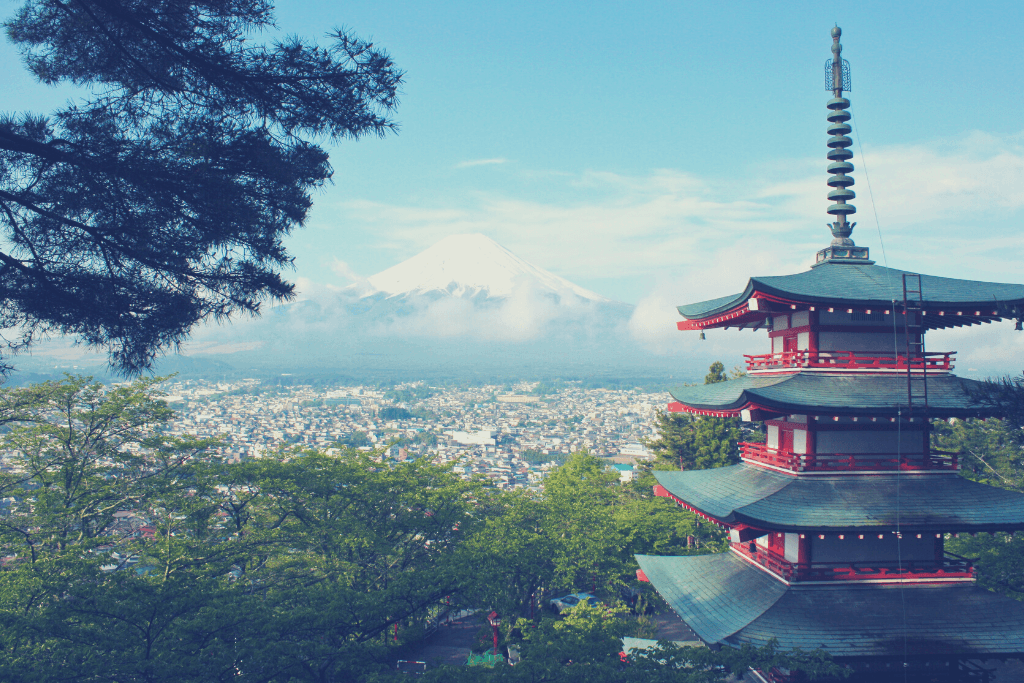Japan is arguably going through the biggest demographic challenge of modern history. After lingering around zero growth at the beginning of the 21st century, Japan‘s population has continued to shrink since 2010, with the decline rate accelerating in recent years.
In 2022, the island nation, with a population of about 125 million, recorded its largest decline due to the combination of 811,604 births and 1,439,809 deaths. By 2065, the population will drop to 88 million — a 30 percent decline in just over four decades.
Meanwhile, Japan is also the oldest country in the world after Monaco (home to only 40,000 people), with 29 percent of its citizens being 65 or older. Thanks to the famous Japanese longevity, 12.35 million people are over 80, and there are over 90,000 centenarians — which is a new record.
The shrinking workforce means that particularly regional cities might be facing a long and slow economic decline. On top of this demographic challenge, Japan is a disaster-prone country, regularly hit by earthquakes and tsunamis.
Smart Cities to Turn Crisis Into Opportunity

On the other hand, Japan has been at the forefront of digitization, innovation, and urban planning. The East Asian country is the birthplace of many tech giants and industrial conglomerates like Panasonic and Toyota, which are now heading the race to build smart cities from scratch or update the existing infrastructures.
There’s plenty of evidence that smart homes and cities are much better equipped to cater to the needs of the elderly, including housing, social participation, health care, community support services, leisure, and culture. While increasing the life quality for senior citizens, smart cities also accelerate climate resiliency and energy efficiency and mitigate the risks of natural disasters.
Fujisawa Sustainable Smart Town: A Laboratory For Living And Ageing Healthfully
Fujisawa SST, launched in 2014 on the site of a closed Panasonic factory that had shut down five years earlier, is among the shining examples of turning a crisis into an opportunity.
The town is now home to more than 2,000 residents, most of whom live in high-tech houses with renewable energy. They can use the Fujisawa SST’s online platform to book electric-powered transportation or logistical assistance. The town has even started to experiment successfully with robots to help the residents’ needs.
“Facilities, housing and infrastructure become obsolete over time, even in smart cities with the latest technology,” says Takeshi Arakawa, president of Fujisawa SST Management Company, to Nature. “To achieve sustainable development, we must constantly evolve and have flexible resilience in response to changes in society and technology.”
Inspiring the Future of Urban Life In the Japanese Way
Other cities in Japan, such as Yokohama, Fukuoka, and the capital Tokyo, are gaining or set to gain new sustainable smart towns. Despite Japan’s shrinking population, the market for smart city technologies is rapidly advancing and growing.
There’s no doubt that few nations in the world have a history of creating new towns from scratch as Japan does. As the country is trying to address an unprecedented demographic transformation, it also has the ambition to export smart city projects to the rest of the world, possibly changing the future of urbanism as we know it.







